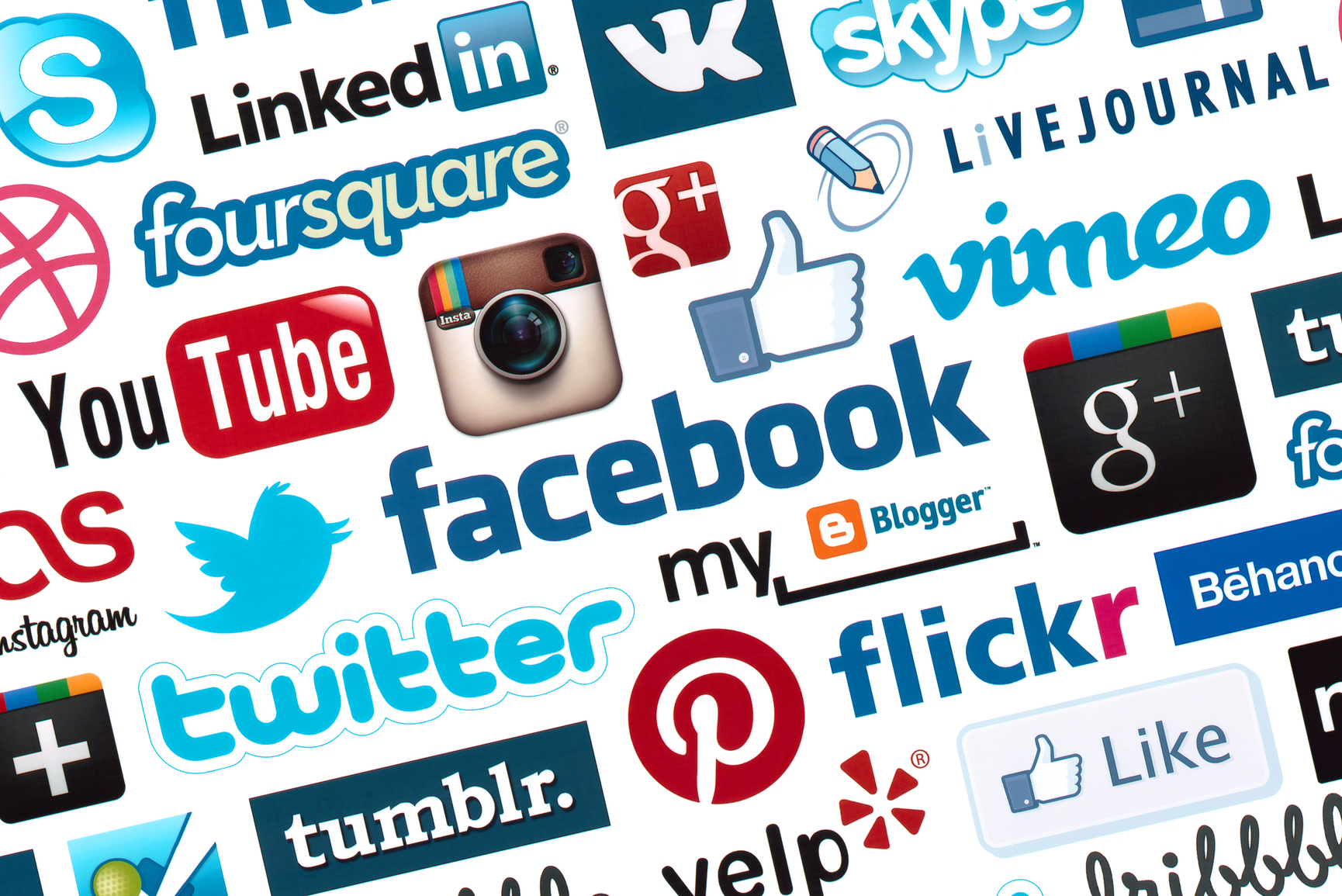Let's be completely honest we could not live without our phones, especially our social media accounts.Even going about five minutes without looking at our phones we feel disconnected. I always wonder why the sudden emotion of loneliness comes over me when I don't look at my phone at certain hours of the day. I was born in the late 90's, growing up we did not have the need to use phones to strictly communicate. The old fashioned pencil and paper did the trick. It was fun passing notes in class. (Although, we should of been paying more attention in class.) Eventually, I was able to receive my first phone in 5th grade. At that time, I was eleven years old. Nowadays kids as young as five years old receiving tablets. The way we connect in this time period has a lot to do with social psychology. Social psychology has changed with time compared to the early days of the 2000's ."Social psychology studies how people act, think, and feel in the context of society." (Boyd, Natalie 2017) When it comes to social networking sites this study still applies to it. For example on Facebook someone makes a post and we have the options to react to the post. We can react by liking or loving the post. Or act on replying to the post in the comment section. The same thing can be applied on Twitter only difference you can retweet what someone has posted.
As much as we used social for our own pleasures, it can also be used in a professional setting. "Social networking sites (SNS) are used for social and professional interaction with people.
SNS popularity has encouraged researchers to analyze the relationship of activities performed
on SNS with user behavior." (Waheed, H., Anjum, M., Rehman, M., & Khawaja, A. 2017) For professional purposes, people can reach their clients across the globe on a personal level. In How Fantasy Becomes Reality, the author discuss more on teenage girls using social networking sites than teenage boys. She was able to find a research report by The Pew Internet and American Life Project about teens between ages 12 to 17. "According to the report, 93 percent of American teens use the Internet, with 55 percent actively using social networking sites." (Dill, K. 2009) In this report, teenagers were even asked if they use e-mail to communicate. It showed that e-mails were less used by the teens. Technology came in like a storm took us somewhere we could not dream of going. I'm grateful to be apart of an era who can use things like cell phones and tablets. Here's a video on the advantages and disadvantages social networking sites have:


Waheed, H., Anjum, M., Rehman, M., & Khawaja, A. (2017). Investigation of user behavior on social networking sites. Plos ONE, 12(2), 1-19. doi:10.1371/journal.pone.0169693
ReplyDeletehttp://study.com/academy/lesson/what-is-social-psychology-definition-professions-in-the-field.html
Dill, K. E. (2009). How fantasy becomes reality: seeing through media influence. Oxford: Oxford University Press.